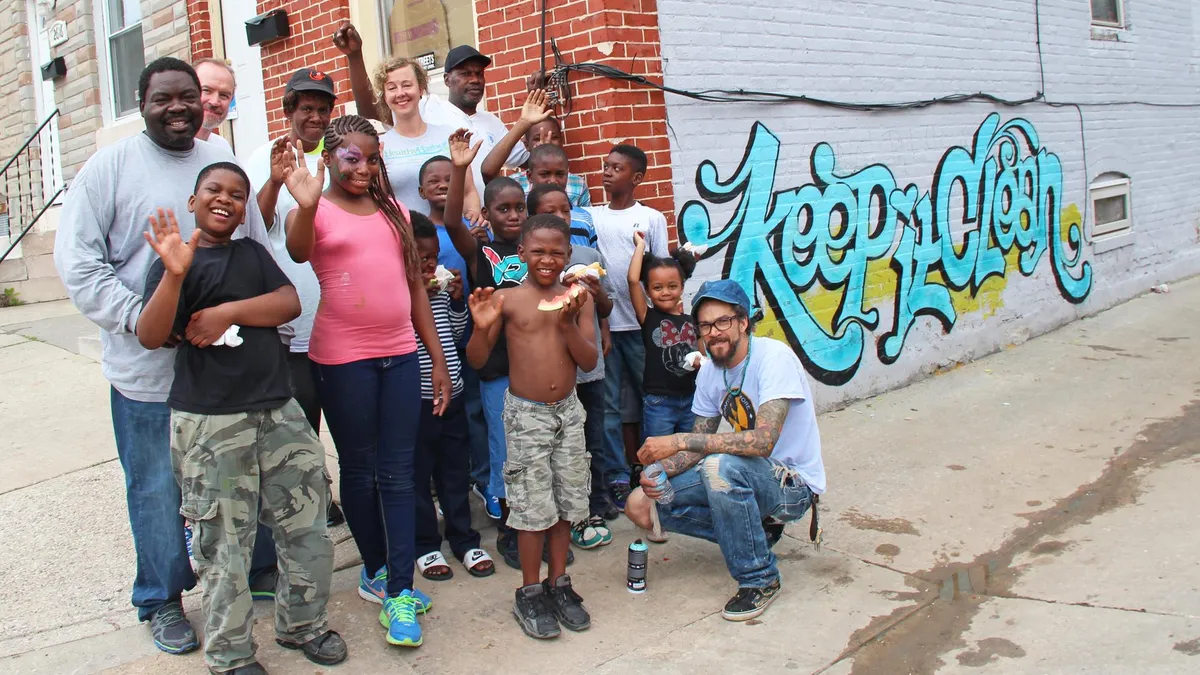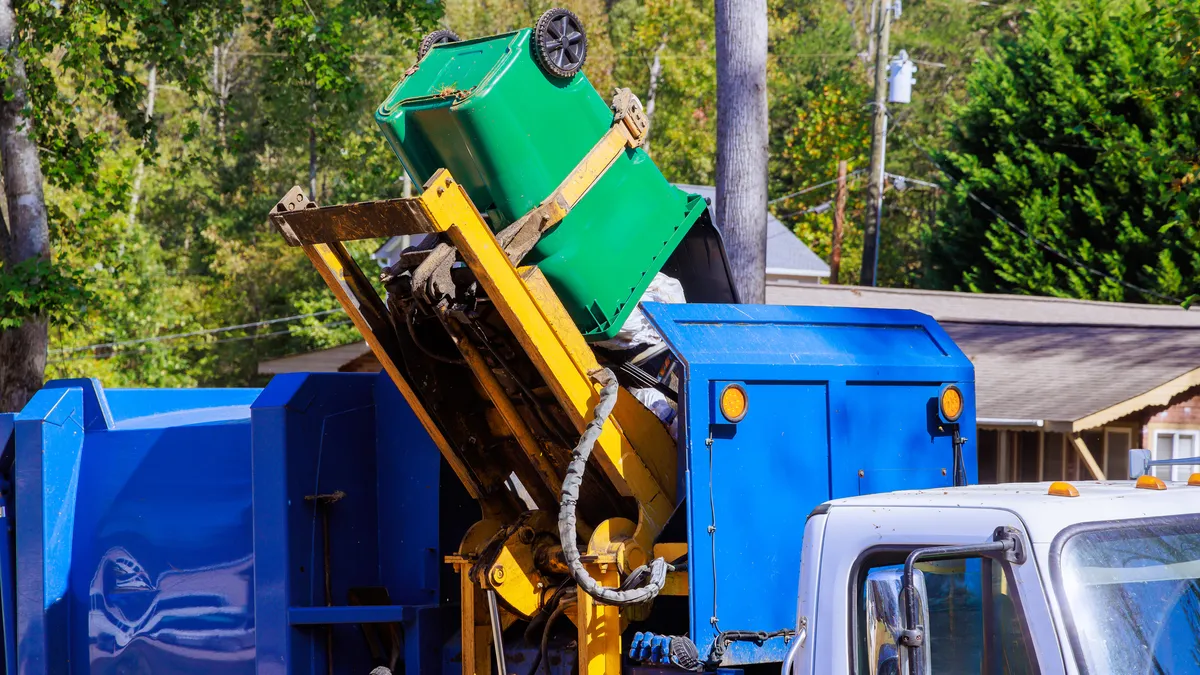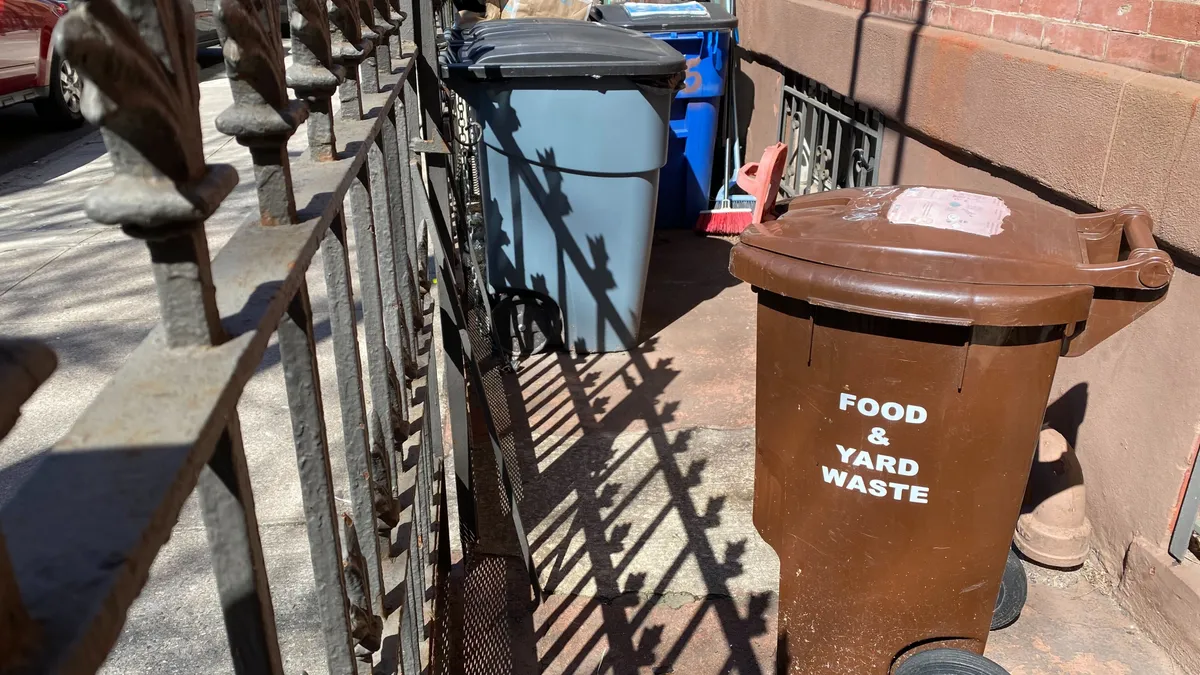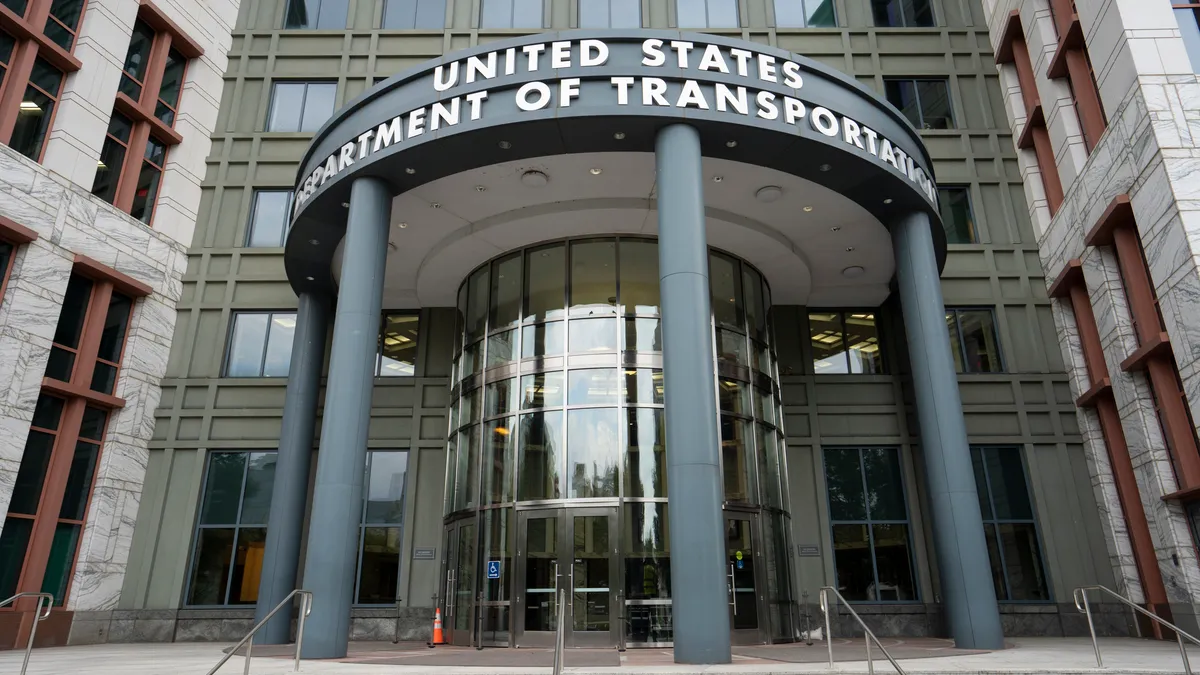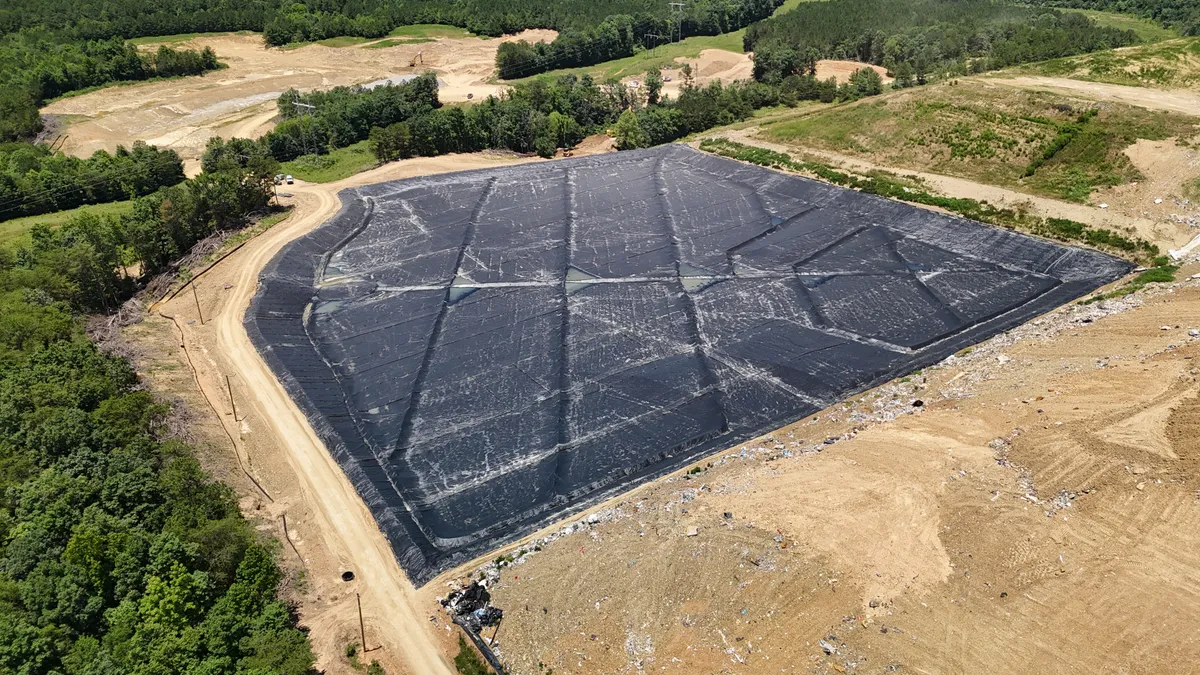Urban alleys, once bursting with thick fruit trees and teams of kids kicking balls, are being choked out by rotting garbage, rats, and rusted barbed wire fringes.
Some cities like Philadelphia, Seattle, Denver, and Baltimore are reclaiming these spaces, transforming them to vibrant, clean neighborhood hangouts—and residents and businesses who were often part of the problem are joining the movement.
While cities can launch massive cleanup projects, it isn't uncommon for streets to be buried in trash again weeks later. Therefore, changing the culture and establishing an infrastructure for sustainability have been part of the plan, and it’s working in some metropolises. Residents and businesses that see the transformations are becoming neighborhood watchdogs, and newly formed networks are taking the alley makeover concept further with ongoing, related initiatives. This is all good, say the project launchers, because the community is given the opportunity to take ownership.
Baltimore’s alley makeover strategy
Baltimore’s Waterfront Partnership, the driving force behind the city’s alley makeovers, started out trying to get residents on board for a clean water initiative to spare the Inner Harbor—which is inundated with trash.
"Telling people, 'We want you to care about clean water' didn’t work," said Leanna Wetmore, community coordinator for Healthy Harbor Initiative, a program of the Waterfront Partnership.
The residents couldn’t relate to the problem because, even though garbage was floating into their waterways, the creeks that once flowed through their living spaces are covered with asphalt. So they couldn't see the water, and they didn’t care, attests Wetmore.
"But they do care about the mounting trash. So we started working with Baltimore Public Works to address the garbage," she explained. The projects—18 alleys costing about $1,600 each—were mostly funded by The Rauch Foundation who contributed for trash cans, recycling bins, signage, and other materials. Waterfront Partnership commissioned local artists to paint bright graffiti on the formerly peeling alley walls, though there was plenty to be done beforehand.
Officials started by recruiting block captains with help from neighborhood associations. They then leveraged an old Baltimore tradition to draw more people: block parties—only they tweaked the concept into what was, basically, an alley makeover bash.
"We canvassed the street and passed out flyers [about the event], and people came out to meet neighbors they share alleys with for trash pickup,” said Wetmore. “We had free trash bags and trash cans. People see them and ask, 'What’s going on?' We say, 'These bins are for you, and they’re free.'"
About 30 to 50 people show up on any given Saturday to do a major alley overhaul. Many come back later to paint the cleaned up walls, working alongside the artist, and they craft the graffiti messaging.
"The graffiti is bright and colorful and shows something is happening. More important, it gives people reason to work together, and they take ownership," said Wetmore.
Eighty-year-olds hand out flyers and sign up the cleanup crew. Teens and middle-aged residents do the photography and haul illegally dumped furniture and other bulky waste. Once the job is done, Public Works places poison in rat holes, and community associations cement them.
The result one year later?
The neighborhood associations have picked up the baton, and a new resident network has formed, called Clean Corps Baltimore, which was inspired by the alley projects. Funded by the city’s Department of Solid Waste, Clean Corps works with city agencies and Waterfront Partnership to keep the streets clean.
Seattle works on 12 alleys in its historic district, Pioneer Square
The initiative started with Seattle Public Utilities Clear Alleys program, which banned dumpsters from alleys and replaced them with bags that businesses pay for; one for recycling, one for food waste, and one for other garbage.
The city pressure-washed and cleaned the filthy streets and walls. Waste Management and Recology began picking up trash twice a day. And Metropolitan Improvement District, a nonprofit service organization, began collecting hazardous waste and other litter in between trash pickups.
From there, a collaboration formed of Pioneer Square businesses, residents, and nonprofits. They chipped in for soft lighting as well as hanging flower baskets, art, and sculpture installations attached to office and retail buildings that line the alleys.
Nixing the dumpsters was key, said Liz Stenning, Public Realm director for the Alliance for Pioneer Square, a nonprofit working on neighborhood and economic development in Seattle.
"Getting dumpsters out of the alleys allowed people to look at the neighborhood differently," she said.
The area opened up with more entryways and windows that let light through. And residents who never walked through alleys now use them as the main drag into their buildings.
"Now, there is much less illegal dumping and odor. And there’s less crime because there are no more dumpsters to hide behind," said Stenning.
Some Philadelphia residents plan city’s first "green" alleys
Led by two of their community association’s board members, Philadelphia has signed on with city-based Shift Space Design who will turn alleys "green" while they scout for funding. So far the group has a grant and donations, and is turning to national and local foundations for more funds.
Mario Gentile, founder of Shift_Space Design, developed a rendering with cascading vines, window boxes spilling over with native foliage, and birdhouses intended to invite wildlife.
Philadephia residents are motivated to make it happen.
"Their front doors open to this space. It’s an ideal situation since they had already collectively agreed to maintain it," said Gentile. But he thinks the alley overhaul, if it comes to fruition, will do more than address one block’s eyesore.
"Our project positions Philadelphia at the forefront of great civic landscapes, with an imaginative public space that will bring long-lasting, low-maintenance, high-impact change," he said.


